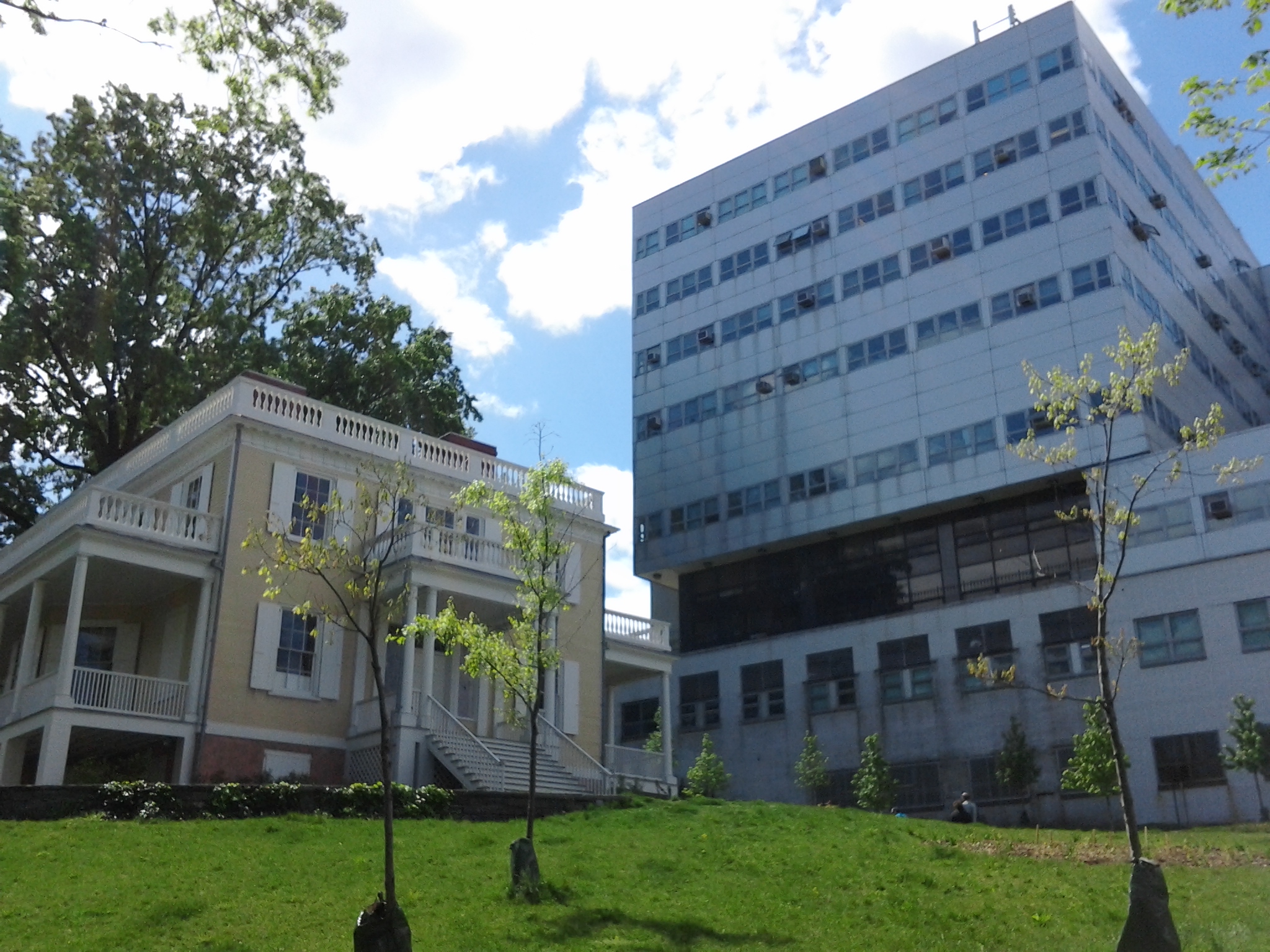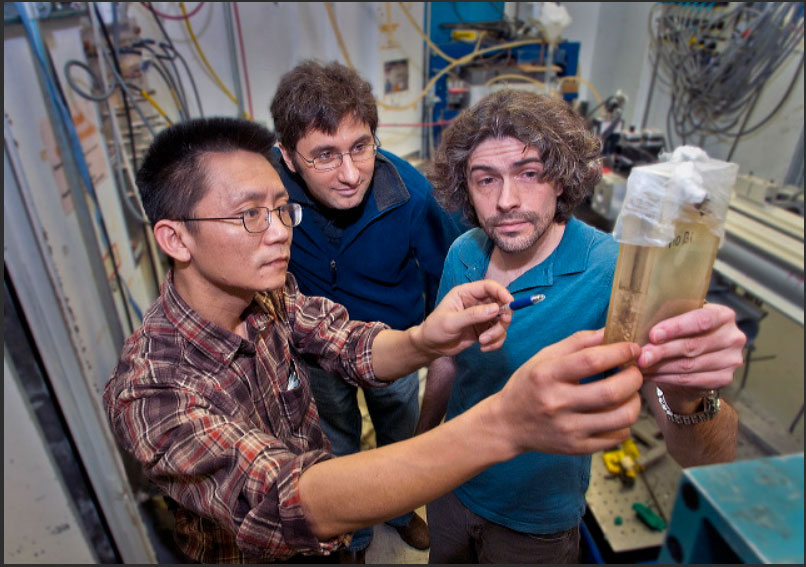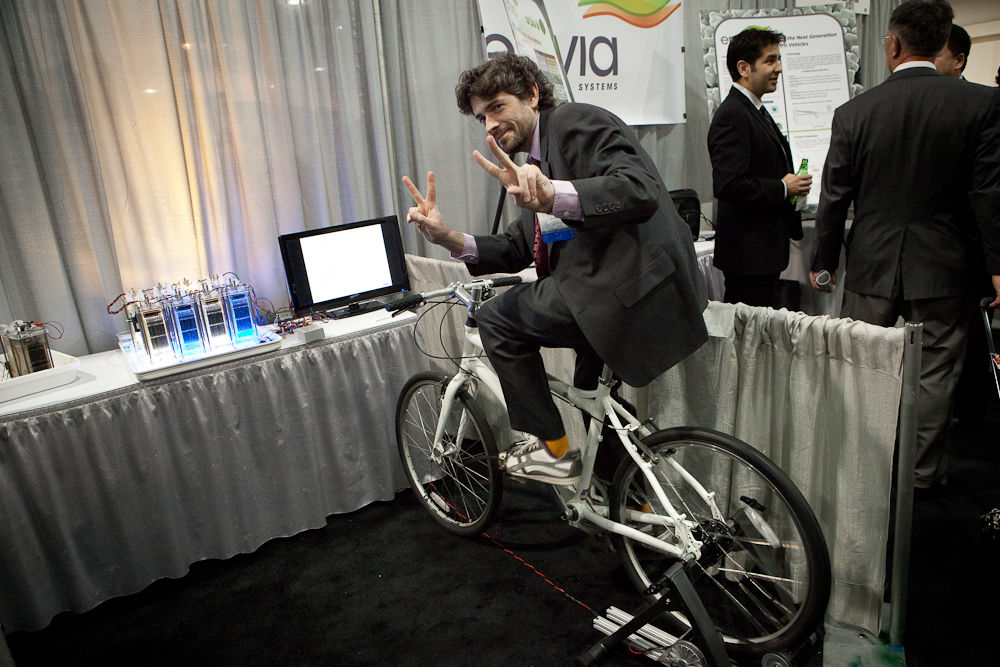There’s a new profile of the CUNY Energy Institute up on the NY-BEST website. It features my favorite cell phone picture of our building next to Alexander Hamilton’s house. We’re located in Hamilton Heights, which is part of Harlem, New York City. This is the view you get if you’re walking up from St. Nick Avenue.
I’ve been at the Energy Institute about four years, almost since it was founded. Now we’re pretty well established, and it feels a lot different than it did back in the early days when we were trying to get going. They asked me for a quote for the article, so here it is:
According to Dr. Joshua Gallaway, a research scientist at the CUNY Energy Institute: “The guiding goal of the Institute is the energy independence of the United States. Our thrust in grid-scale batteries and energy storage originates here, but has an even deeper implication for the entire world. This is because getting our energy from greater proportions of renewable sources like solar power depends on cost effective ways to store energy on a global scale. With the help of NY-BEST, we believe our home — New York State, New York City, and Harlem — is indispensable in providing the intellectual resources for achieving these goals. The best place to start anything is with brilliant young people and a can-do attitude.”



